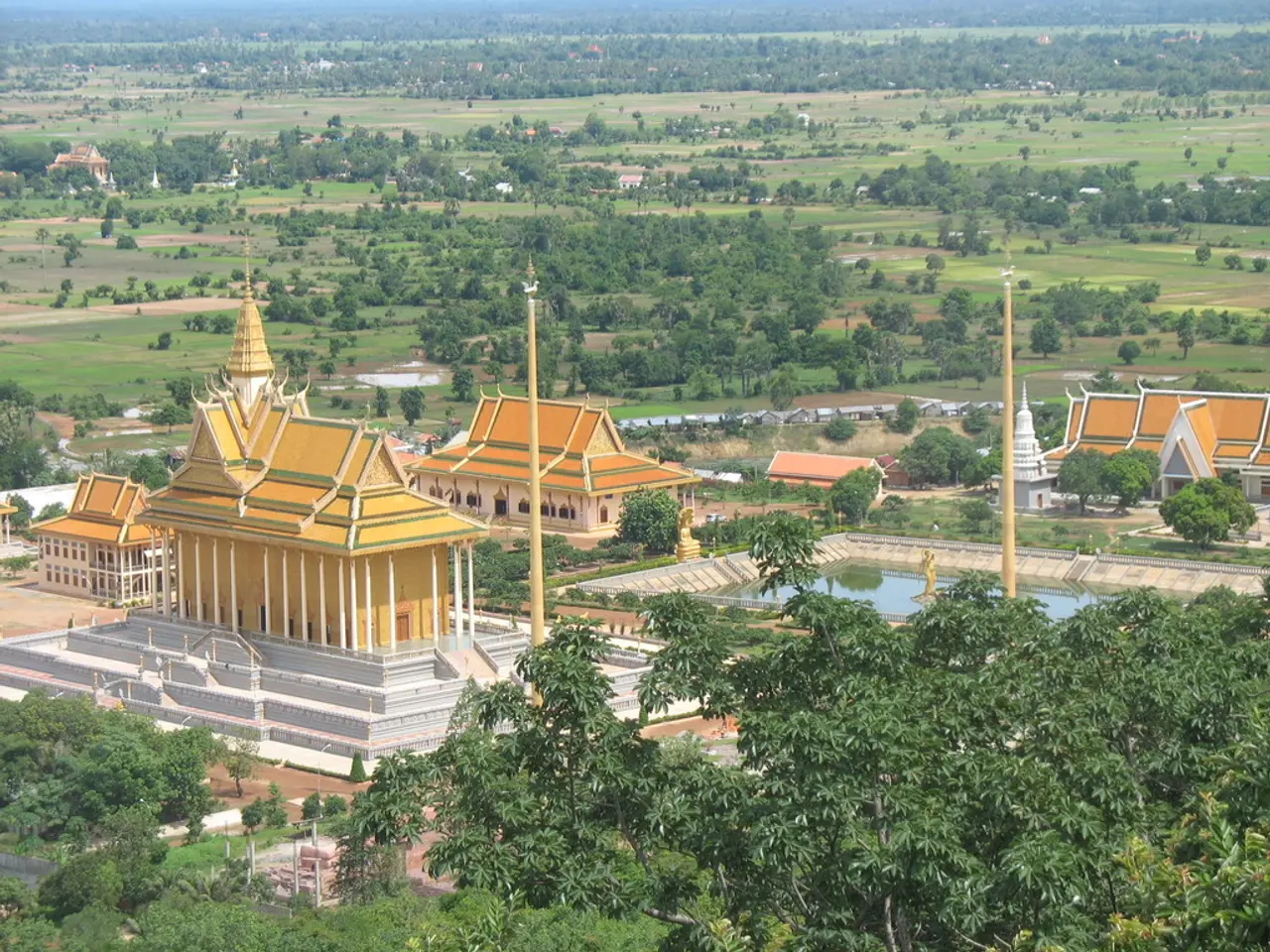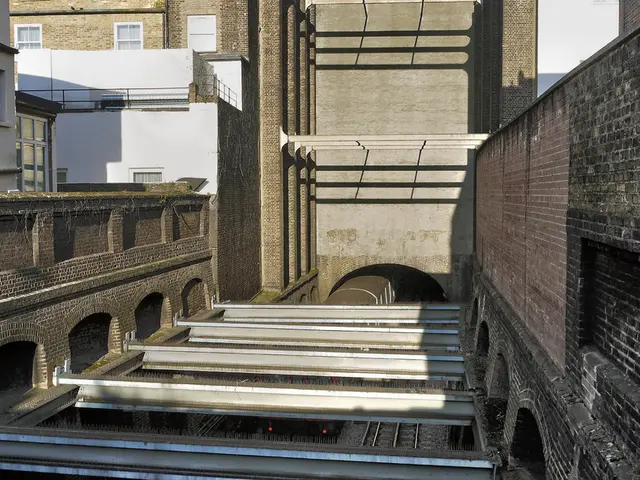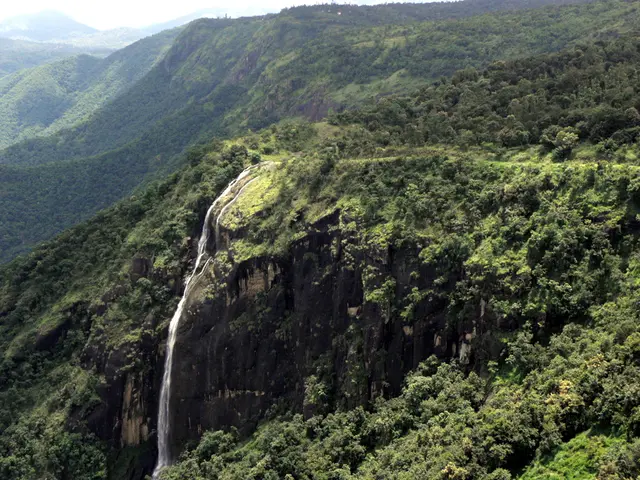The Enigma of Machu Picchu: What Makes Machu Picchu Significant?
Nestled in the Andes Mountains of Peru, at an altitude of approximately 2,430 meters (7,970 feet), lies the ancient city of Machu Picchu, a testament to the ingenuity and architectural prowess of the Incan civilization. This awe-inspiring city remained hidden from the Western world until its rediscovery by American historian and explorer Hiram Bingham in 1911.
Machu Picchu serves as a sacred and ceremonial center for the Incan civilization, blending political, religious, administrative, and residential functions. Current theories about the purpose and significance of Machu Picchu primarily consider it as a royal estate or retreat for Inca rulers, particularly built under the direction of Pachacutec Inca Yupanqui and later used by his successor Túpac Inca Yupanqui around the mid-15th century.
The city's strategic location, advanced engineering, and intricate architecture suggest a multifaceted role, ranging from royal leisure to religious worship, political administration, and astronomical observations. The fusion of astronomy, architecture, and spirituality at Machu Picchu remains a captivating aspect of the site's allure.
Key features like the Inti Watana (Hitching Post of the Sun) and the Temple of the Sun, dedicated to the Inca sun god Inti, add an extra layer of intrigue to the site's purpose. During the solstices, the sun casts shadows that align with specific points on the Inti Watana, suggesting a sophisticated understanding of celestial movements.
The urban planning of Machu Picchu reflects a harmonious integration with the natural landscape. The city is divided into distinct sectors, including agricultural areas, residential zones, and ceremonial spaces. The terraced layout also played a role in the city's irrigation and water management systems, which were crucial in supporting the empire's population.
The agricultural success of the Incan Empire relied on innovative agricultural practices, such as terraced farming systems, and the cultivation of a variety of crops, including maize, potatoes, quinoa, and more. Machu Picchu's stone structures, including the Temple of the Sun, exemplify the Inca's mastery of stonemasonry, with precision fitting of massive stones without the use of mortar.
Tourism at Machu Picchu begins with a journey through the breathtaking scenery of the Andes, culminating in the awe-inspiring sight of the ancient city. Visitors explore well-preserved structures, marvel at panoramic views, and absorb the mystical atmosphere. Balancing conservation and accessibility is a delicate challenge for authorities managing Machu Picchu, requiring the implementation of visitor quotas, sustainable infrastructure, and technology to enhance the visitor experience without compromising the site's integrity.
Preservation efforts at Machu Picchu extend beyond the physical site to include educational initiatives, raising awareness about the importance of responsible tourism and the need to safeguard this UNESCO World Heritage Site for future generations. Recent excavations continue to yield valuable insights into the daily lives and activities of its inhabitants, shedding light on the city's functions and the rituals performed within its walls.
In conclusion, Machu Picchu stands as a unique cultural and ceremonial hub in the Inca Empire, embodying the civilization's emphasis on sustainability, efficient water management, and advanced societal organization. Its continued exploration plays a pivotal role in expanding our knowledge of the Incan civilization, enabling scholars to piece together a more comprehensive narrative of Incan culture, society, and technological achievements.
A visitor's curiosity about the intricacies of Machu Picchu extends beyond its architectural wonders to its lifestyle, as the city served as a royal estate and retreat for Inca rulers, blending political, religious, administrative, and residential functions. An exploration of Machu Picchu offers more than just travel experiences, inviting individuals to immerse themselves in its rich cultural history, diverse agricultural practices, and sophisticated understanding of celestial movements.




